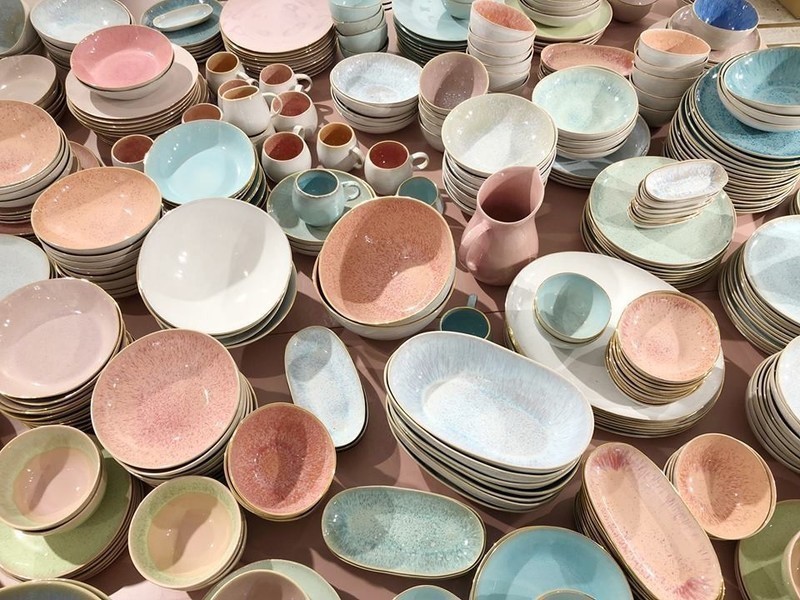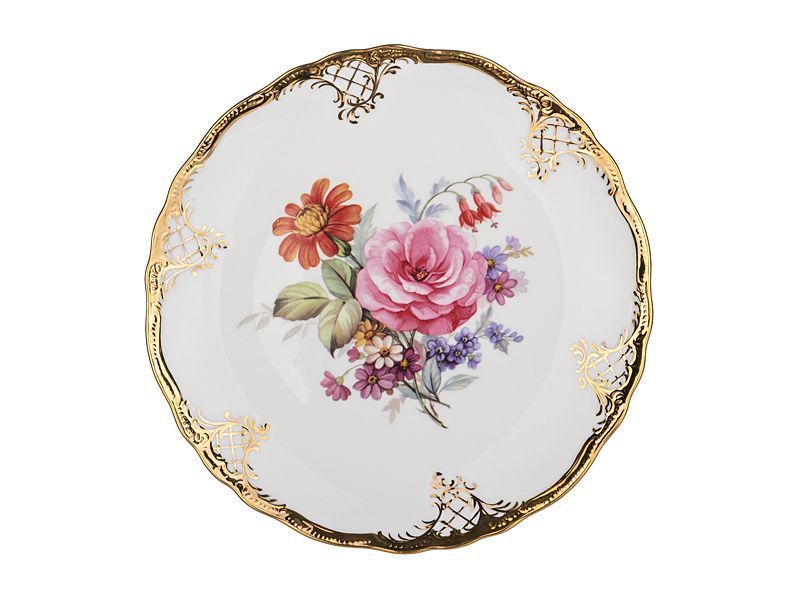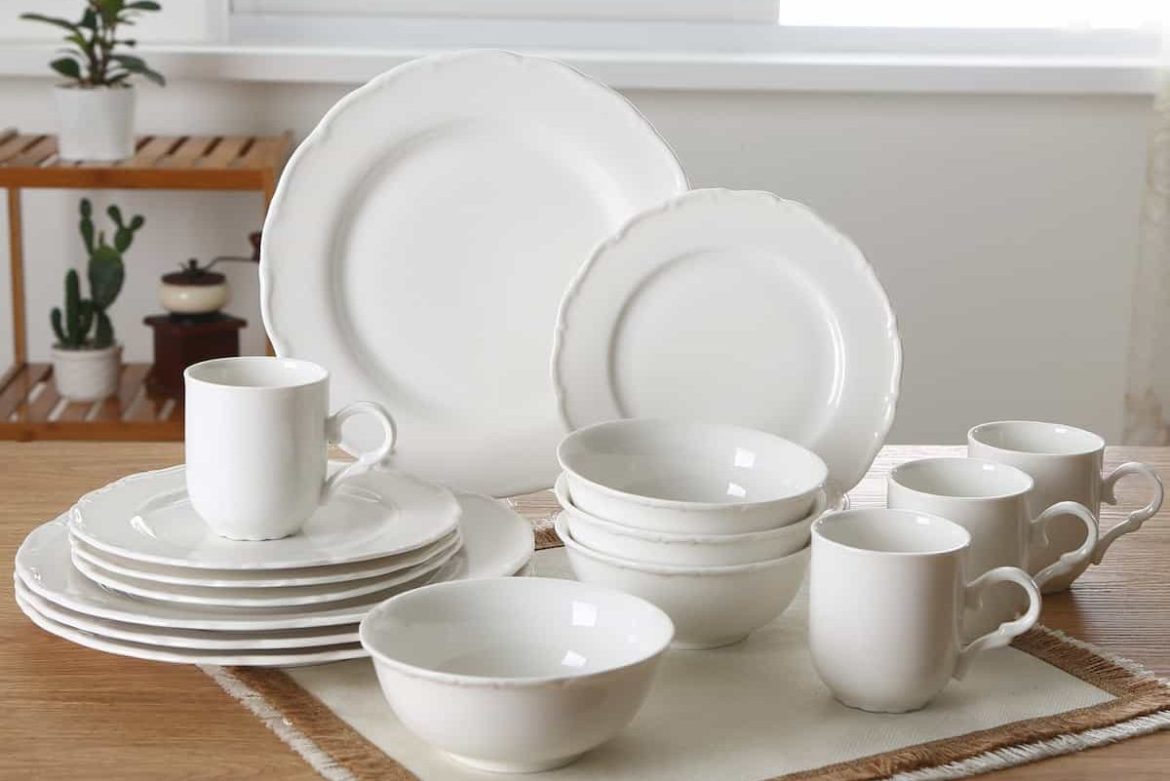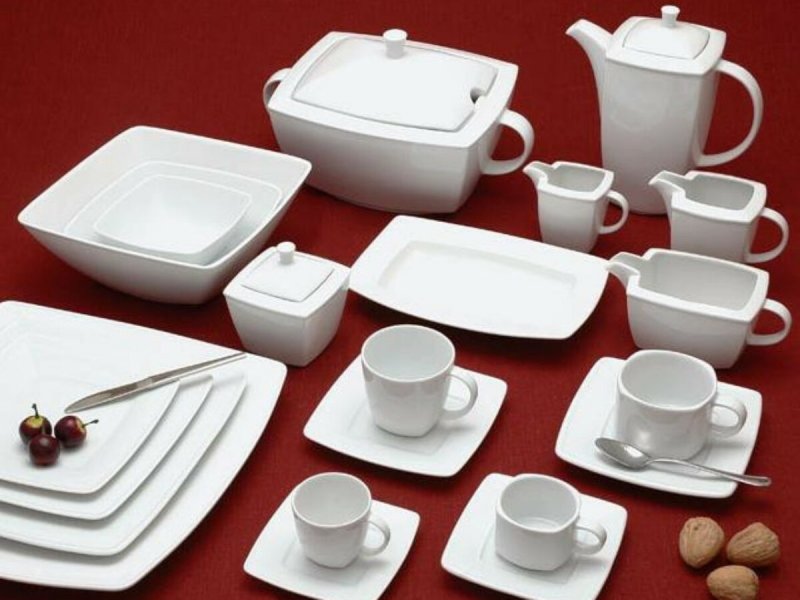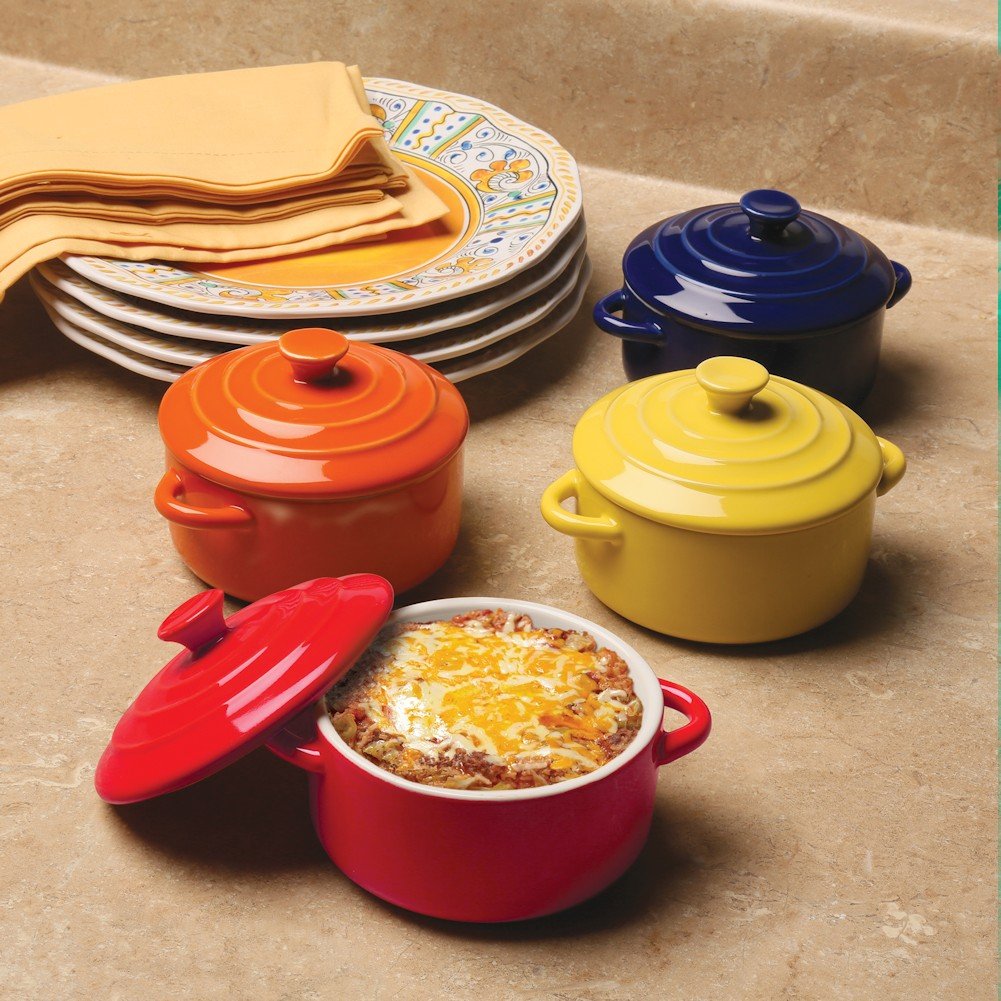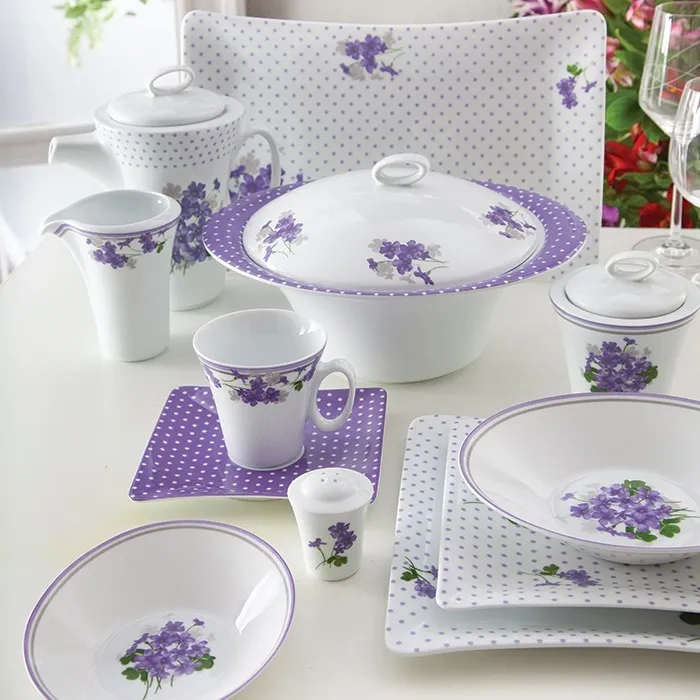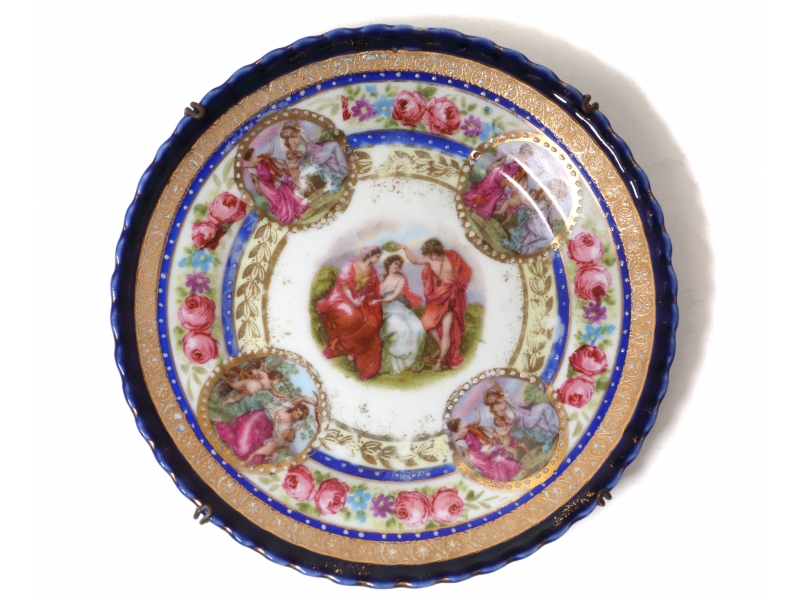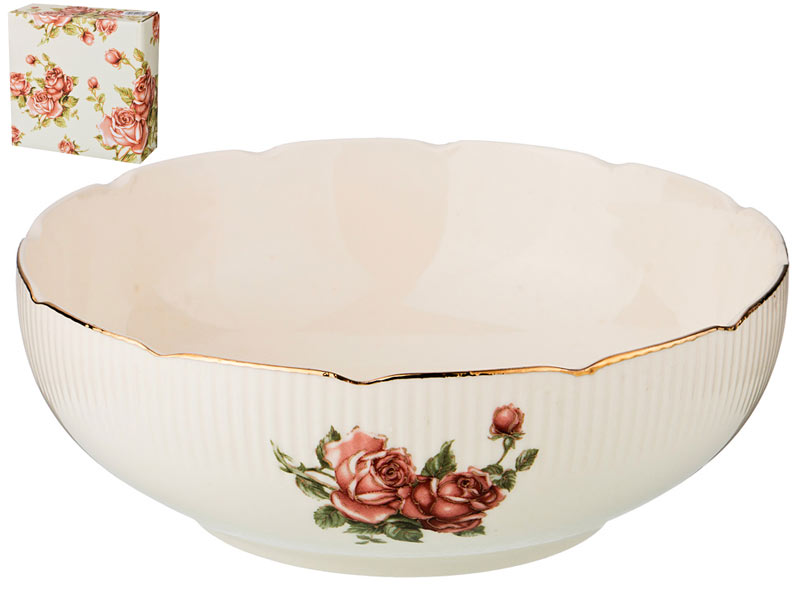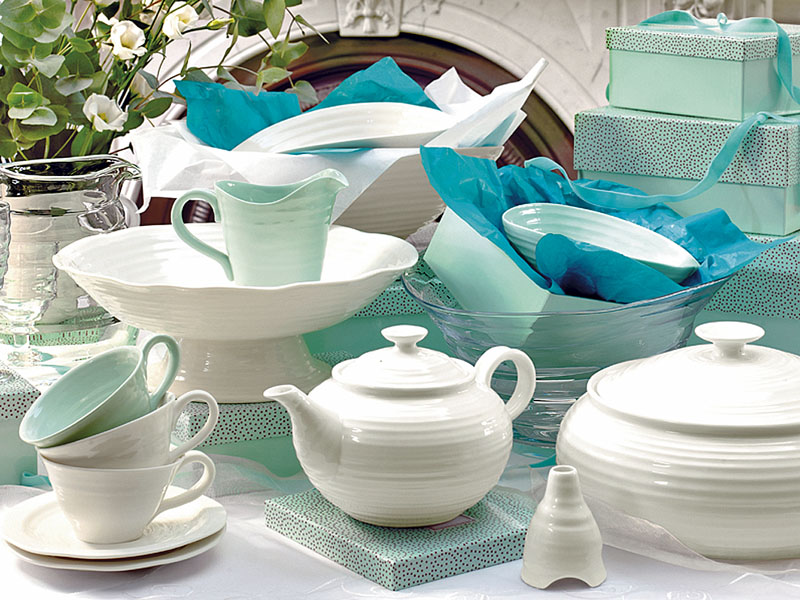Porcelain clay, also known as kaolin clay or china clay, is a type of clay that is widely used in the production of porcelain, ceramics, and other fine pottery. It is valued for its pure white color, translucency, strength, and ability to be shaped into intricate forms. The unique properties of porcelain clay make it a preferred material for tableware, ornaments, and artistic vessels.
Porcelain clay is primarily composed of a mineral called kaolinite, which is a white, soft, and earthy mineral. Other minerals such as quartz, feldspar, and mica may also be present in smaller quantities. The kaolinite mineral is formed through the weathering and decomposition of rocks rich in feldspar and other aluminum silicate minerals.
The extraction and processing of porcelain clay involves several steps. The clay is usually mined from underground deposits or extracted from open-pit mines. After mining, the clay is carefully cleaned to remove impurities such as rocks and organic matter. It is then crushed into a fine powder and refined to achieve the desired particle size and consistency.
Once the clay has been processed, it is mixed with water to form a workable paste or slurry. This slurry can be shaped into various forms using different techniques, such as throwing on a pottery wheel, hand-building, or casting in molds. The clay is then dried to remove excess moisture and to prepare it for firing.
Firing is a critical step in the production of porcelain clay. The clay objects are subjected to high temperatures in kilns, ranging from 1,200 to 1,450 degrees Celsius (2,192 to 2,642 degrees Fahrenheit). This firing process causes the clay particles to vitrify, or melt together, creating a dense and hard material.
One of the defining characteristics of porcelain clay is its translucency. This property is achieved through the vitrification process, which allows light to pass through the thin walls of porcelain objects. The higher the temperature during firing, the greater the translucency of the porcelain.
Porcelain clay is renowned for its strength and durability. This makes it highly suitable for tableware such as dinnerware, plates, and bowls, as well as tiles and bathroom fixtures. Porcelain objects are resistant to scratching, chipping, and staining, making them ideal for everyday use.
The pure white color of porcelain clay is another desirable trait. The absence of impurities gives porcelain a pristine and elegant appearance. This makes it a favored material for decorative objects, figurines, and fine china.
Porcelain clay has also played a significant role in the field of ceramic art throughout history. The delicate and refined qualities of porcelain have been appreciated by artists around the world. It has been used to create intricate sculptures, vases, and vessels that showcase the skill and craftsmanship of the artist.
In addition to its use in ceramics and pottery, porcelain clay has found applications in various other industries. It is used in the production of paper, paint, rubber, and plastics. Its unique properties make it a valuable ingredient in these industries for its ability to improve strength, opacity, and other desirable characteristics of the final products.
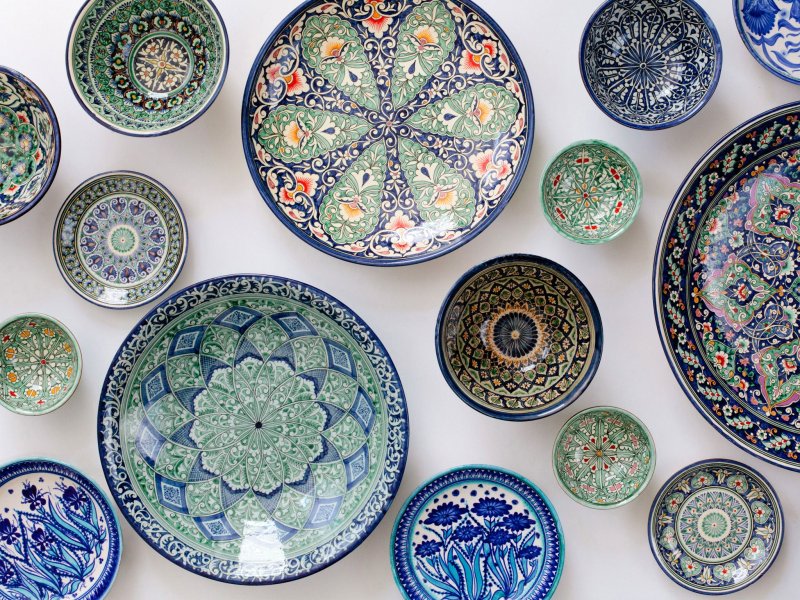
One of the major producers of porcelain clay is China, which has a rich history and tradition in the art of porcelain making. The term “china” itself originated from the country’s association with high-quality porcelain. However, other countries such as the United States, Brazil, Germany, and the United Kingdom also have significant deposits of kaolin clay and contribute to the global production of porcelain.
In conclusion, porcelain clay is a versatile and valuable material that has been used in the production of porcelain, ceramics, and pottery for centuries. Its unique properties, such as translucency, strength, and pure white color, make it an ideal choice for creating beautiful and durable objects. Whether it is used for everyday tableware or fine art pieces, porcelain clay continues to be cherished for its elegance and craftsmanship.I. Introduction to the Porcelain Clay Industry
The porcelain clay industry is a flourishing sector that plays a crucial role in the production of porcelain, ceramics, and other fine pottery. This article will delve deeper into the business aspects of the industry, covering various topics such as market trends, key players, production processes, and applications.
II. Market Overview and Trends
The global porcelain clay market has witnessed steady growth over the years, driven by the increasing demand for porcelain products in both domestic and commercial sectors. The rise in disposable income, changing lifestyles, and the growing inclination towards aesthetically appealing tableware and home decor have contributed to the market’s expansion.
Moreover, the popularity of porcelain clay as a sustainable and eco-friendly material has also played a significant role in driving market demand. Consumers are increasingly opting for products that are non-toxic and have minimal environmental impact, making porcelain clay an attractive choice.
III. Key Players in the Porcelain Clay Industry
The porcelain clay industry boasts a diverse range of key players, including both large-scale manufacturers and smaller, niche producers. Companies such as Imerys, Kaolin AD, Sibelco, Thiele Kaolin Company, and LB Minerals are among the prominent players in the global market.
These companies are known for their extensive expertise in the extraction, processing, and distribution of porcelain clay. They often collaborate with ceramic artists, designers, and manufacturers to develop innovative products and cater to evolving consumer preferences.
IV. Production Processes
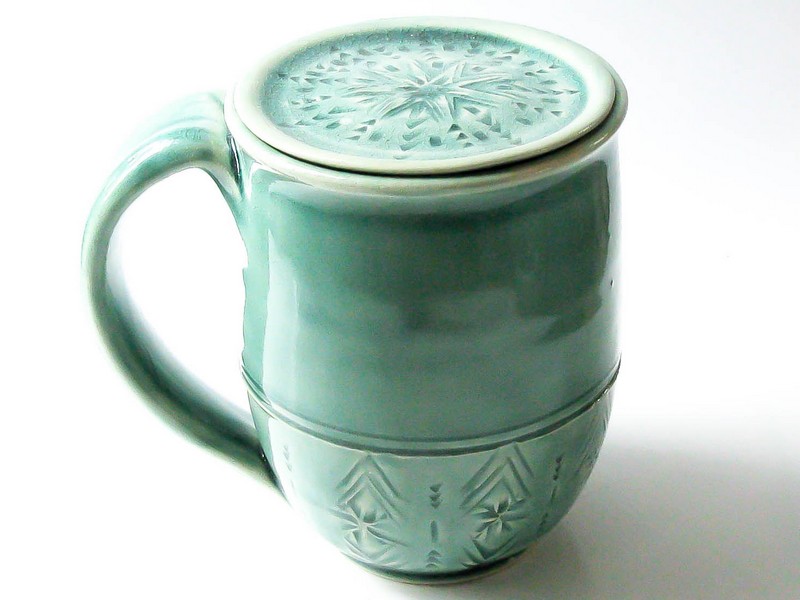
The production of porcelain clay involves several intricate processes, starting from mining and extraction to refining and shaping. After the clay is mined, it undergoes cleaning and purification to remove impurities. Subsequently, it is crushed into a fine powder and refined to achieve the desired particle size.
Once the clay has been processed, it is mixed with water to form a workable paste or slurry. Various techniques, such as wheel throwing, hand-building, or casting in molds, are employed to shape the clay into desired forms. The objects are then dried to remove excess moisture before they undergo firing in kilns.
Firing is a critical step that requires precise temperature control. The high temperatures during firing cause the clay particles to vitrify, resulting in the formation of a dense and hard material. Different firing techniques, such as single firing or bisque firing followed by glaze firing, are used depending on the desired outcome.
V. Applications of Porcelain Clay
Porcelain clay finds applications in a wide range of industries, apart from ceramics and pottery. Its exceptional properties make it a valuable ingredient in the production of paper, paint, rubber, and plastics. Porcelain clay enhances the strength, opacity, and other desirable characteristics of the final products in these industries.
In the ceramic and pottery sector, porcelain clay is utilized to create a variety of products such as tableware, decorative objects, figurines, and artistic vessels. It is favored for its pure white color, translucency, and durability, making porcelain objects suitable for everyday use and as collectibles.
VI. Global Demand and Regional Analysis
Asia Pacific dominates the global porcelain clay market, with China being the leading producer and consumer of porcelain products. The country’s rich history and tradition in porcelain making, as well as its vast reserves of porcelain clay deposits, contribute to its market leadership.
North America, Europe, and other regions also contribute significantly to the global demand for porcelain clay. These regions have a thriving ceramics and pottery industry, where porcelain clay is used extensively to produce high-quality and exquisite porcelain products.
VII. Challenges and Opportunities in the Porcelain Clay Industry
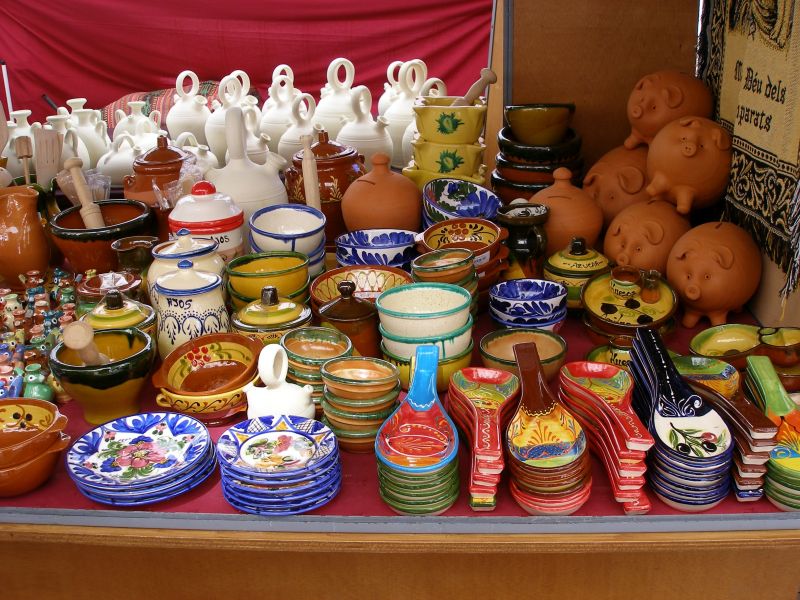
Like any industry, the porcelain clay sector faces various challenges and opportunities. One of the key challenges is the availability and quality of clay deposits. As demand continues to rise, producers must ensure a sustainable supply of high-quality raw materials.
Environmental concerns related to mining and processing of clay pose another challenge. Companies in the industry must adopt eco-friendly practices and invest in research and development to reduce their carbon footprint and create more sustainable manufacturing processes.
On the other hand, the rising interest in artisanal and handmade products presents opportunities for niche producers and ceramic artists. There is a growing market for unique, handcrafted porcelain pieces, allowing smaller players to showcase their craftsmanship and cater to discerning customers.
VIII. Innovations and Technological Advancements
The porcelain clay industry has also witnessed significant innovations and technological advancements in recent years. Digital printing techniques, for example, have revolutionized the industry by allowing intricate and detailed designs to be directly printed onto porcelain surfaces. This has opened up new possibilities in terms of customization and personalization.
Advancements in kiln technology, such as computer-controlled firing processes, have improved efficiency and quality control. These advancements enable producers to achieve consistent results, minimize energy consumption, and reduce production costs.
IX. Future Outlook and Conclusion
The future outlook for the porcelain clay industry looks promising, driven by the increasing demand for aesthetically appealing and sustainable products. As consumer preferences continue to evolve, manufacturers and designers will need to adapt and innovate to stay competitive in the market.
Technological advancements and a focus on sustainable practices will play a crucial role in shaping the industry’s future. Continued research and development efforts, coupled with collaborations between industry players and creative professionals, are expected to pave the way for new possibilities and applications of porcelain clay.
In conclusion, the porcelain clay industry is a vibrant and evolving sector that contributes to the production of beautiful and durable porcelain products. Its unique properties, such as translucency, strength, and pure white color, make it a preferred material for ceramics, pottery, and other industries. With the right mix of innovation, sustainability, and craftsmanship, the industry is poised for continued growth and success in the years to come.
